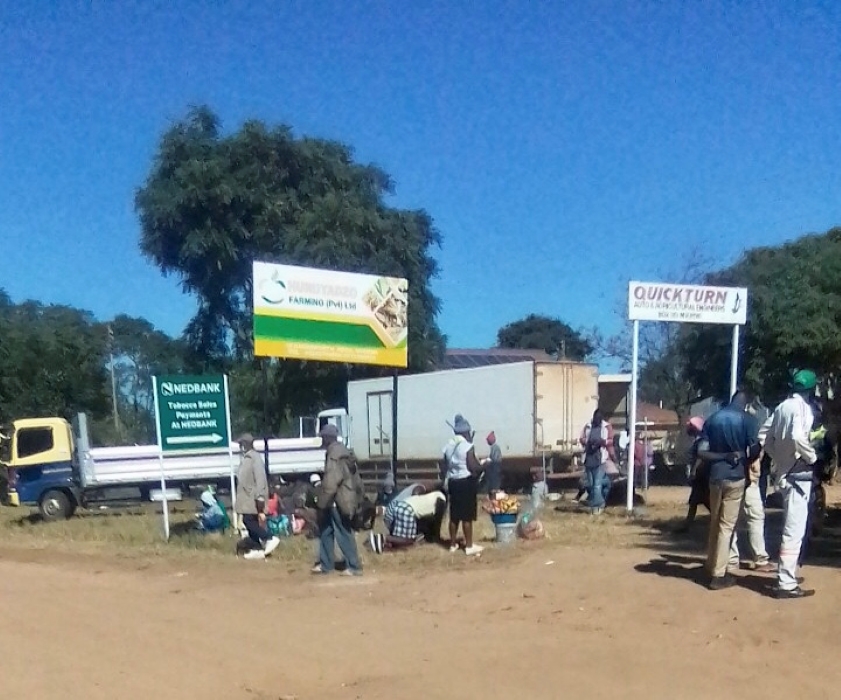
This post was written by Ian Scoones and first appeared on Zimbabweland
Zimbabwe’s COVID-19 situation looks uncertain, with localised outbreaks and a rise in infections south of the Limpopo in South Africa. On June 11 there were 191 new cases (including 82 that were reported late) and 3 deaths reported, making a cumulative total of 39,688 cases and 1,629 deaths and a current seven-day rolling average new case rate of 77 per day, with a discernible upward trend. Vaccination rates are increasing, but very slowly and somewhat chaotically with 691,251 vaccinated so far.
On June 12, Vice-President and health minister, Constantino Chiwenga, imposed new restrictions, with the banning of gatherings, the limiting of business hours, a stipulation that offices should only be half full and the prevention of moving to and from ‘hotspots’. This is a set-back as things had got largely back to ‘normal’ (whatever that is) in the previous weeks. Across our sites people had got back to work. It’s harvest season and markets have been open, with the selling of grains, tobacco, beans and horticulture happening across all sites. Meanwhile in the sugar estates it’s cane cutting season, with much activity and movement of people to provide temporary labour.
With so many people gathering at marketing points and traders, labourers and transporters, the fear was that these could become sites of infection, hence the recent move. Larger gatherings of churches, farmer field days, training events, funerals and so on were previously allowed if not exceeding 50 people, but are now either banned or have a reduction in permitted numbers. While these regulations were sometimes not kept to, as of last week our team report no major COVID-19 problems in any of our rural sites across the country, although the worry is that this may yet change.
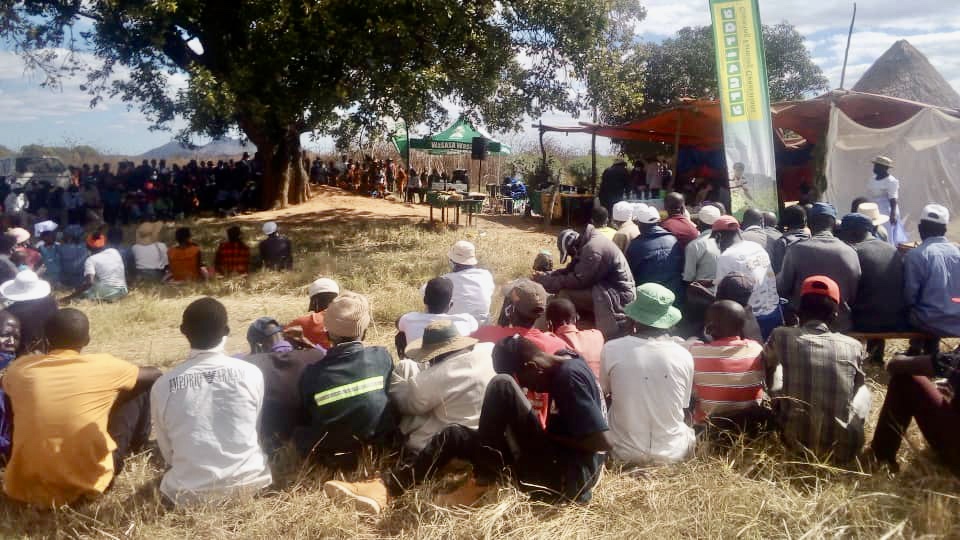
The national pattern currently seems to be small, focused outbreaks that are dealt with by Ministry of Health ‘rapid response teams’ that operate in each of the provinces, coordinated through the district COVID-19 taskforces, which has membership from across sectors. The most recent such outbreak near our sites was at Bondolfi teachers’ college where there were a number of cases reported. Isolation and quarantining seem to have stopped further spread fortunately and all are now recovered.
Currently there are concerns in Kariba where the district taskforce has been targeting ‘houseboat gigs’ and shebeens where many gather to drink and are spreading infection. Last Saturday a lockdown was announced for Hurungwe and Kariba districts due to 40 new cases being identified, with movements in and out of the districts restricted and a process of contact tracing is ongoing. The fear of course is that such hotspots will spread.
Variants and vaccines
Like other parts of the world, the concern is with the potential impact of new variants. So far there has been one outbreak of the Indian-origin delta variant in Kwekwe. Someone returning from India had infected a number of people and a local lockdown has occurred and been extended, again hopefully stopping further spread.
However, borders remain open, although restrictions and requirements for testing have been increased this last weekend. There is some testing, but also lots of reports of fake test certificates, with some in Mpilo hospital arrested, so it is difficult to see how the spread of variants, as elsewhere in the world, will be stopped, even if spread can be slowed.
The vaccination programme has run into difficulties with demand exceeding supply in some places, although the opposite in others. The ministry has admitted problems with distribution and administration. The main vaccines remain the Chinese Sinopharm and Sinovac shots (and some Indian ones too). Promises of others from Western aid programmes seem not to have been fulfilled as yet, while the Zimbabwe government has been showing caution around the US/Belgian Johnson and Johnson vaccine, perhaps part of the on-going tussle with Western powers. Meanwhile, as part of the continued frenzied vaccine diplomacy, the president received the first delivery of 25,000 Russian Sputnik V vaccine doses at the end of last week, donated by a diamond mining company. Vaccines clearly have important soft power.
Vaccine hesitancy remains, fuelled by much misinformation through the online media, WhatsApp messages and so on. But the big issue seems to be delivery and the capacity of the over-stretched health service to delivery. The ministry correctly is keeping up with its regular vaccination programmes, and the current polio vaccination drive is occupying staff and taking them away from COVID-19 vaccination.
Our informants noted that they can arrive at a clinic and be turned away as the health staff are busy, even if there are COVID-19 vaccines there. Given the lack of incidence in our study areas, there is little urgency felt and many argue that local remedies – from local herbs and leaves to lemons, garlic and ginger – used for teas and steaming are sufficient. The cost of lemons apparently is soaring, and there are many new businesses packaging teas and juices to combat COVID-19.
Markets are open, business is back
Unlike last year when the harvest season was very difficult, this year there has been much more opportunity. In Mvurwi, tobacco marketing has been in full swing across a number of auction floors, and the trading companies are busy. Transporters are moving crops around and there has been a thriving business in the areas where people gather to market their crops, as prepared food is sold and groceries exchanged through a myriad of traders. As of 12 June, this is now banned as vending in and around tobacco auction floors is prohibited and a maximum of two sellers per delivery is allowed.
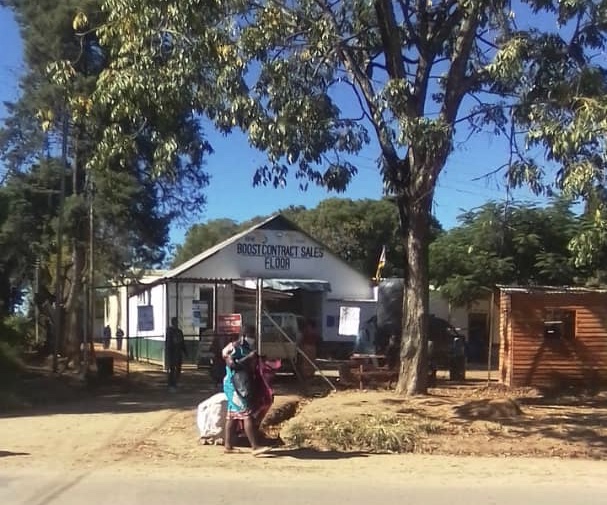
Maize and soybean marketing is underway too, but the government buyer – the Grain Marketing Board (GMB) – while offering higher prices has distant depots, pays in local currency (RTGS) and the cost of transportation is high. Instead, informal traders come to the farms, exchanging goods, notably groceries, for maize in particular. This means maize goes for USD 3 per bucket not the equivalent of USD 6.
While farmers complain about being ripped off, the provision of goods locally and the ease of marketing/transport is clearly beneficial. And the growth of informal trade provides jobs and sources of income for a whole range of people, especially women and younger people.
The cold season is traditionally a focus for horticultural production but some producers, particularly in Chatsworth-Gutu area, have been hit by frost, with large amounts of produce destroyed. In the same way, livestock have been affected be tick diseases this year, due to the plentiful rains. Despite it being the dry season now, this continues to be a problem in some of our sites, and owners are selling off sick cattle before they die and so flooding the market and suppressing prices.
Despite these challenges, the marketing difficulties for farmers of the earlier COVID-19 lockdown periods have declined and all value chains for different crops are re-emerging, with vendors, traders, transporters and others all returning to support agriculture and the marketing of products across our sites.
However, the form, composition and location of these value chains are changing. Agricultural markets are now more localised, involve a greater diversity of people with exchange and barter being important and formal sales to outfits like the GMB on the decline. In time it may be that the more formal connections are re-established with the big players returning to dominate and control the market from farm sales to retail, but for now the COVID-19 shock seems to have reconfigured markets in favour of multiple, local players, with important effects on local economies, with value distributed across agricultural marketing chains.
Small towns are benefiting
This explosion of local economic activity is seen especially in small towns. In the two previous blogs (here and here), and in our paper in the European Journal of Development Research, the implications of land reform on small town growth has been emphasised, based on work in Mvruwi, Chatsworth and Maphisa over the past five years or so. This pattern has been accelerated by the effects of the pandemic.
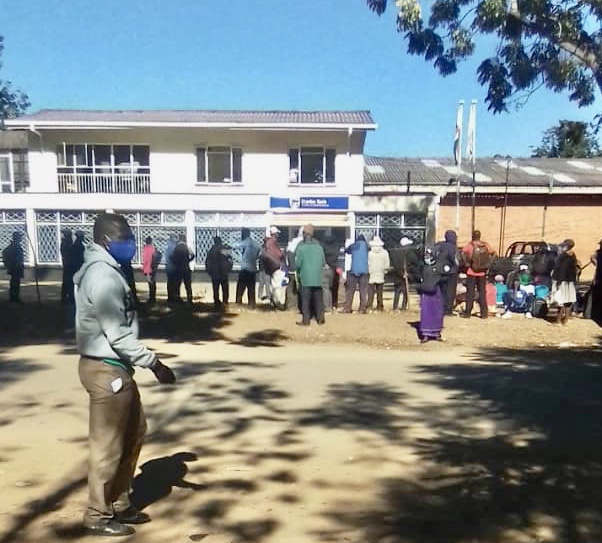
With transport restricted by lockdowns and curfews and endless rent-seeking by the police on the roads, there has been a move to local marketing arrangements, often small-scale and involving informal, sometimes barter, arrangements. Women and young people without land are especially involved, and their improved spending power is seen in the rise of local retail outlets in small towns offering basic goods and groceries. While lockdowns affected the operation of food outlets and many other businesses, as we have discussed many times in our blogs on COVID-19 impacts since March 2020, there has been a rebounding of activity; although with the recent announcement business hours are again restricted to 8am to 6pm, with all markets closing at 6pm and bottle stores two hours earlier.
Unlike larger businesses with a single operation, many of those involved in trade in small towns operate at a small scale and have other activities in play. Many business people in the small towns we’ve been researching had land reform farm plots and could diversify when their businesses were restricted, but now they’re very much back.
There are health restrictions in place – sanitisation and mask wearing is encouraged and large crowds are banned – but in the absence of cases and with the fear of COVID having receded from earlier periods, there is a much more lax attitude to restrictions in all our sites according to our team. This may not last if the spread of COVID-19 continues in South Africa, but for now small town business is thriving again.
The shortening of value chains and the focus on local economic activity is also reflected in investments by larger agricultural businesses. For example, in Mvurwi, an important centre for tobacco growing, tobacco companies have invested in new floors, with impressive new structures being built.
Since people couldn’t move during lockdown, they had to come nearer to the farmers. And the firms have clearly judged that this situation is permanent, with significant benefits for the efficiency of marketing and access to high quality tobacco leaf. There are now eight trading floors operating in the town, up from one earlier, ranging from the big players (ZLT, MTC, Boka) to newer companies (Boost Africa, Sub Sahara etc.). This move to local investment is reflected in the multiplication of banks in the town too. There are now six banks operating, where there were only three before. This allows farmers to gain finance, pay in sales receipts and manage their income much more easily, with the banks benefiting too.
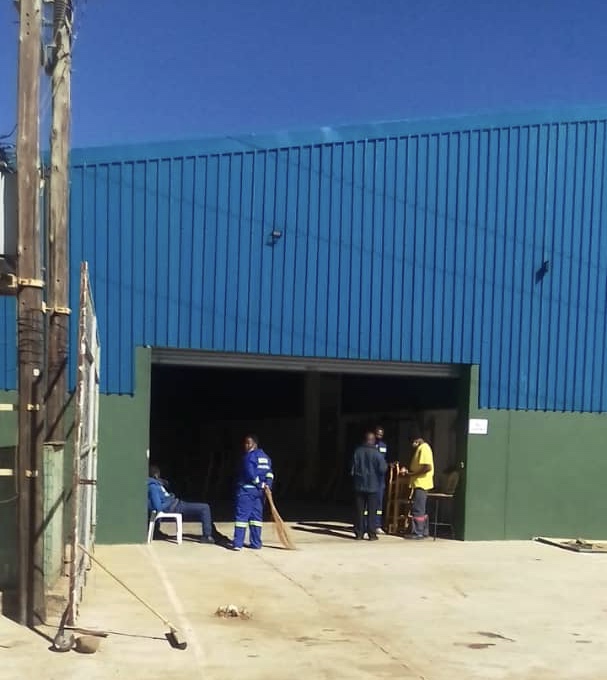
Even in areas that don’t have such an intensive, cash-oriented commercial agriculture, there are other similar developments towards a localisation of the economy. For example near Wondedzo, because people could not travel to Masvingo, Gweru or Harare to get seedlings for horticultural operations, a number of new business have emerged, based in the rural areas. Near Zimuto Mission, for example, Mrs Z has started producing seedlings, including of rape, cabbage, tomato and so on, with a vibrant local market. The same applies to Mr B’s business in Chatsworth, again supplying seedlings to the local horticultural market, replacing the mainstream suppliers, and making serious money by all accounts.
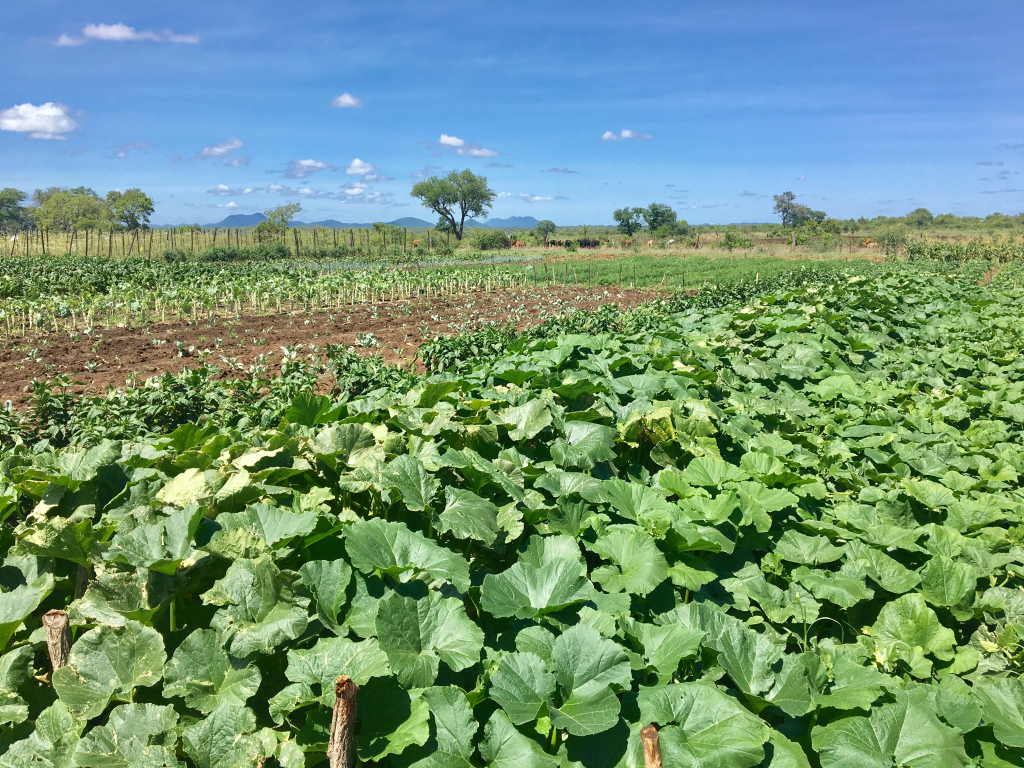
Localising economies
We are very far from a post-COVID situation in Zimbabwe, and must await a wider vaccination effort, with help from the world beyond China being essential. However, there are glimpses of what this might look like. The growth of informal markets, the localisation of economic activity, the expansion of rural-based businesses and the continued growth of small towns as centres of exchange and trade in rural settings are all central elements.
These are all features that have dominated Zimbabwe’s rural areas since land reform. Sometimes denigrated and dismissed as not the supposed ideal of what existed before, but maybe this transformation has been the basis for survival during the pandemic, and provides the basis for an on-going shift to a more flourishing, localised economy linked to agriculture into the future.
